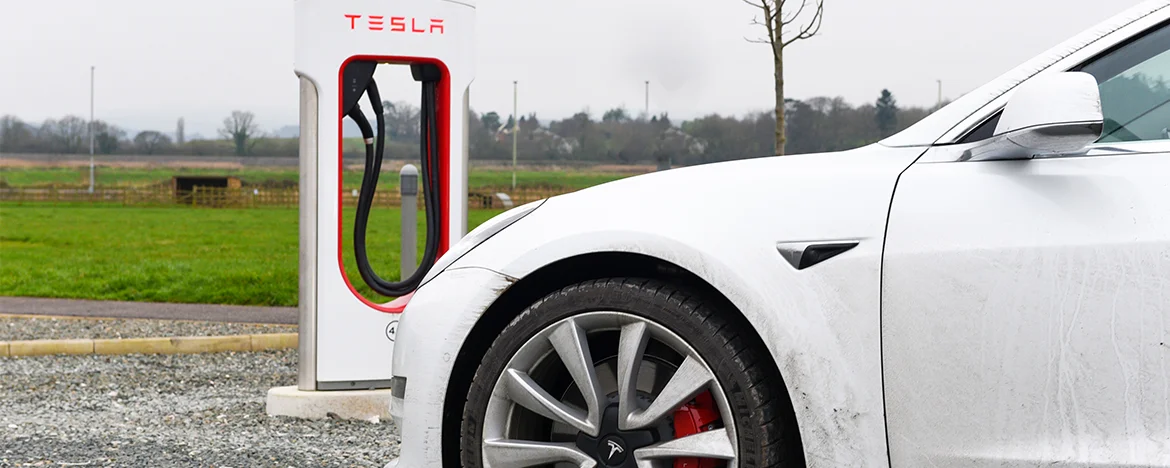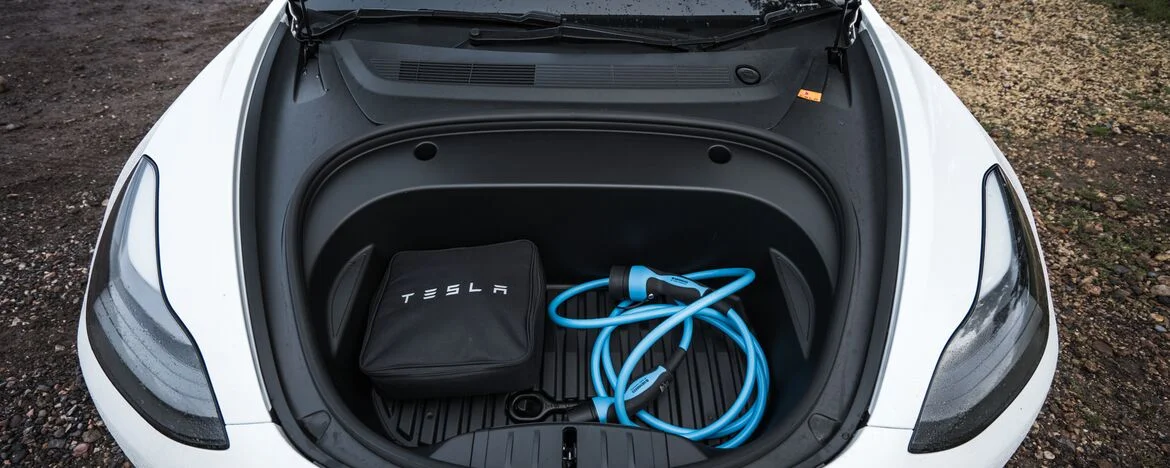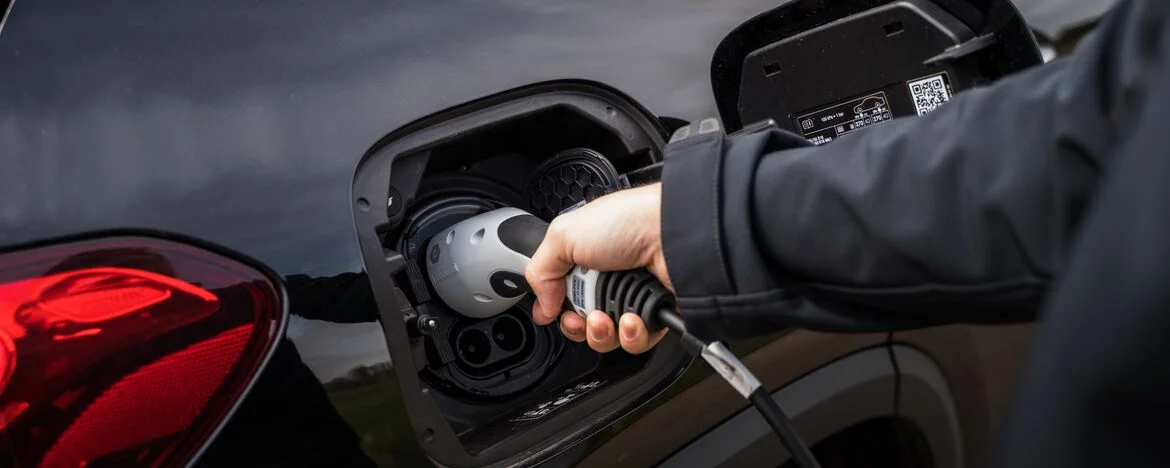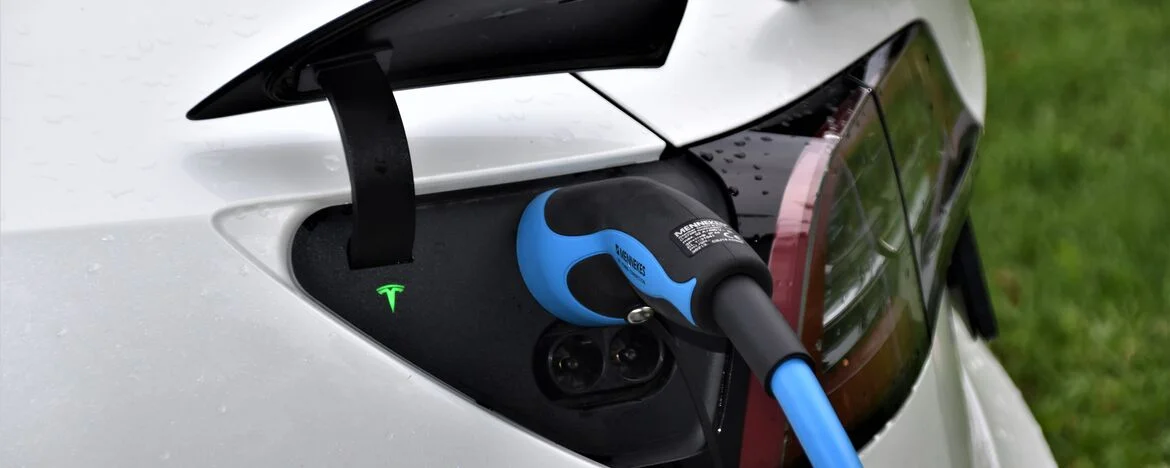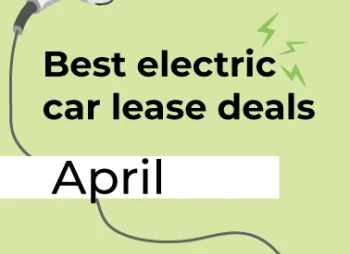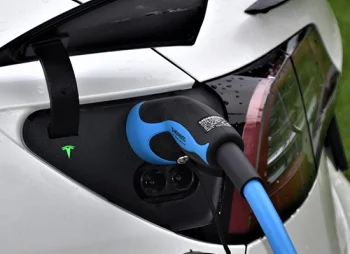Discover which UK towns and cities have the most EV chargers
As the UK edges ever closer to transitioning towards electric mobility, the total number of charging devices dotted around are increasing week on week.
New figures recently released by the Government, citing data acquired from Zap Map, have revealed some of the best locations to charge an EV by the way of volume of chargers.
The volumes represent the total number of electric charge points – of any speed – made publicly available by a local authority.
In the latest round of findings released in July, London boroughs dominated proceedings with Westminster boasting the highest total number of charging facilities.
Greater London has the biggest share of UK charging points, accounting for 31.4% of all stations, according to ZapMap.
The Department of Transport claim the number of public charge points available has risen by 38% over the last year, as the Government makes up ground on its 2030 target of having 300,000 installed.
Please note that all published figures have been sourced from Zap Map and covers 95% of publicly accessible devices.
All information is correct at the time of original publication. The total number of devices available is subject to change.

